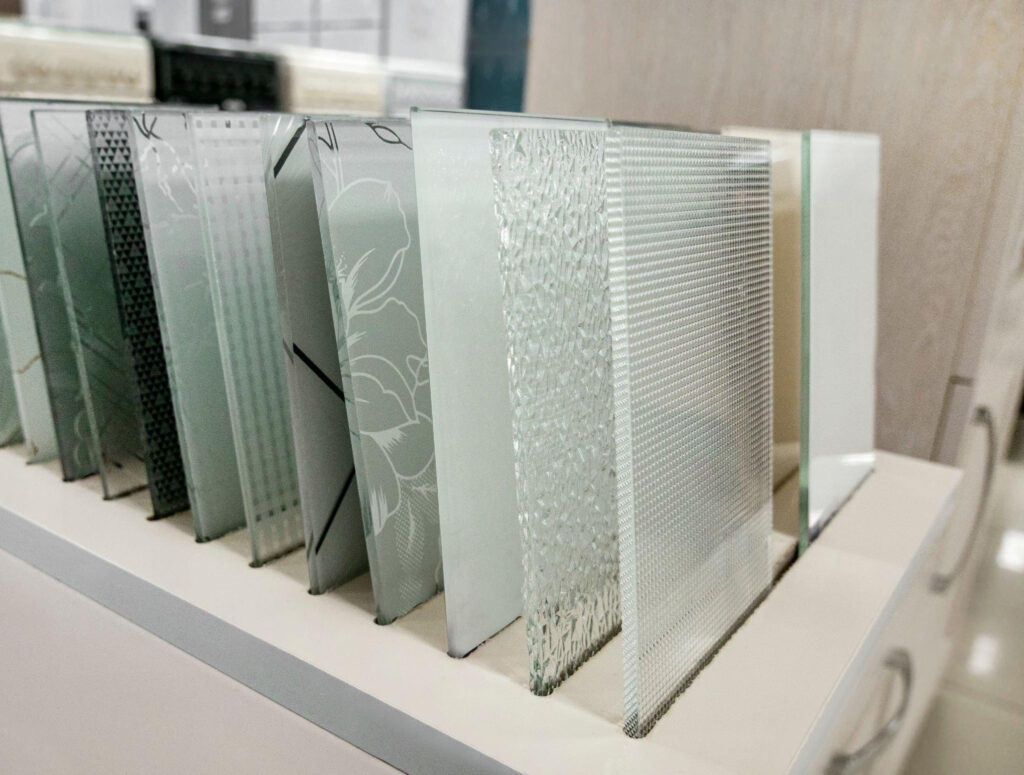
Exploring Glass Types and Their Costs
Understanding the different types of glass available can help you make an informed decision that aligns with your project’s needs and budget. Here are some common types of glass and their estimated costs per square foot:
| Glass Type | Estimated Cost per Square Foot |
|---|---|
| Clear Float Glass | $3 – $5 |
| Tempered Glass | $8 – $12 |
| Laminated Glass | $10 – $15 |
| Low-E Glass | $15 – $20 |
| Frosted Glass | $12 – $18 |
Please note that these are approximate costs and can vary based on location, supplier, and other factors.
Glass is a fundamental element in modern architecture and interior design, offering transparency, light, and aesthetic appeal. If you’re embarking on a project that involves glass installation, understanding the price of glass per square foot is crucial. This comprehensive guide delves into the various factors that contribute to the cost of glass, providing you with insights and knowledge to make informed decisions.
Glass, with its versatility and visual appeal, has become an integral part of residential and commercial construction. Whether you’re planning to install glass windows, doors, or partitions, it’s essential to be well-informed about the price of glass per square foot. The cost can vary significantly based on several factors, including the type of glass, complexity of installation, and additional features.
In this article, we’ll navigate through the intricate world of glass pricing. From the types of glass available to installation considerations and cost-saving strategies, we’ve got you covered. By the end, you’ll have a comprehensive understanding of how to budget effectively for your glass-related projects. For your glass related projects you can call us at tel:+1 602 300 0851
Check out our high quality glass products here:
Factors That Effects Its Cost
The price of glass per square foot is influenced by a multitude of factors that collectively determine the overall cost of your project. Here’s a breakdown of the key elements that contribute to the final price tag:
Type of Glass
Different types of glass come with varying price points. Clear float glass, commonly used in windows and basic installations, is generally more affordable. On the other hand, specialty glass such as tempered, laminated, or low-E glass can be pricier due to their enhanced properties like safety, energy efficiency, and sound insulation.
Thickness
The thickness of the glass plays a role in both aesthetics and cost. Thicker glass can provide better insulation and soundproofing but might come at a higher cost. It’s essential to strike a balance between functionality and budget.
Design Complexity
Intricate designs, patterns, and shapes add a touch of uniqueness to your glass installations. However, these customizations can increase costs due to the additional effort and expertise required during manufacturing and installation.
Installation Method
The method of installation is a significant cost determinant. Basic installations might involve a standard frame, while frameless installations or those requiring specific hardware can incur higher costs.
Project Size
Naturally, the larger the project, the higher the overall cost. When calculating expenses, consider economies of scale – larger projects might lead to lower costs per square foot.
Additional Features
Additional features like tinting, frosting, or UV protection can enhance the functionality of the glass but can also contribute to the price. Assess whether these features align with your project’s requirements and budget.
Contact Us For Unique Products And Services
Installation Costs: Breaking Down Numbers
Installing glass involves more than just the material cost – labor, equipment, and other expenses must be factored in. On average, installation costs can range from $50 to $150 per hour, depending on the complexity of the project and the skill level of the installers.
For instance, a simple glass window installation might cost around $200 to $500, including labor and materials. On the other hand, a larger project like a glass partition in a commercial space could range from $1,000 to $3,000 or more.
Cost-Saving Strategies
While glass projects can be an investment, there are several strategies to optimize costs without compromising quality:
- Comparative Quotes: Obtain quotes from multiple suppliers and contractors to ensure competitive pricing.
- Standard Sizes: Opt for standard glass sizes to avoid custom cutting, which can be more expensive.
- Bundling Projects: If you have multiple glass installations, consider bundling them together to negotiate better rates.
- Energy Efficiency: Investing in energy-efficient glass can lead to long-term savings on utility bills.
- DIY vs. Professional Installation: While DIY might seem cost-effective, professional installation ensures proper fitting and avoids potential costly mistakes.
For more informational articles like these you can visit our website https://halsinternational.com/
FAQs
Can I install glass myself to save money?
While DIY glass installation is possible for smaller projects, it’s recommended to hire professionals for larger or complex installations to ensure safety and proper fitting.
What’s the best type of glass for energy efficiency?
Low-E (low-emissivity) glass is known for its energy-efficient properties, as it reflects heat while allowing light to pass through. It’s an excellent choice for regions with extreme temperatures.
Are there any budget-friendly alternatives to specialty glass?
If you’re looking for cost-effective alternatives, consider clear laminated glass. It offers safety benefits similar to tempered glass while being more affordable.
How can I maintain glass to prolong its lifespan?
Regular cleaning using non-abrasive materials is key to maintaining glass. Additionally, avoiding harsh impacts and temperature fluctuations can extend its lifespan.
